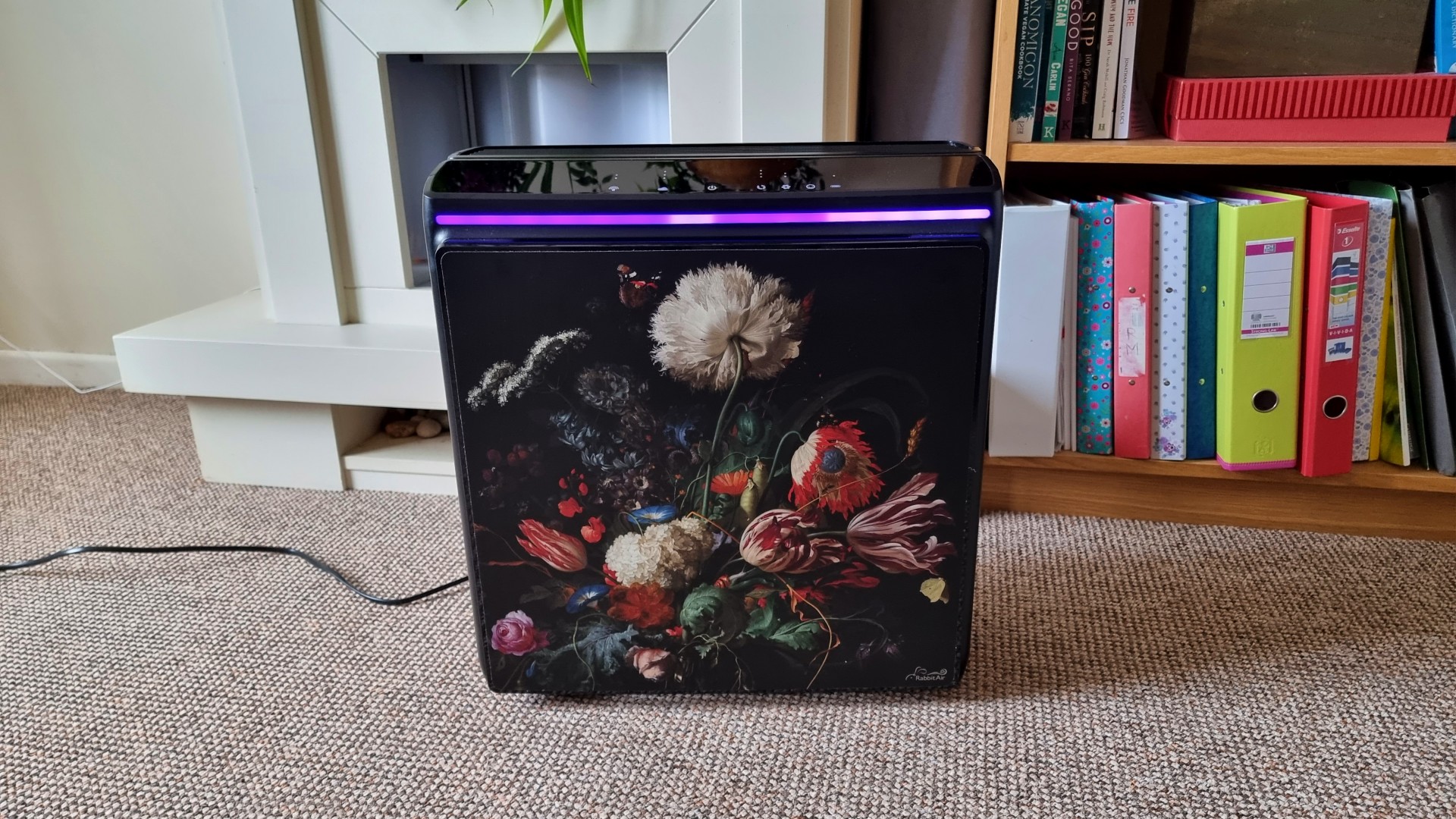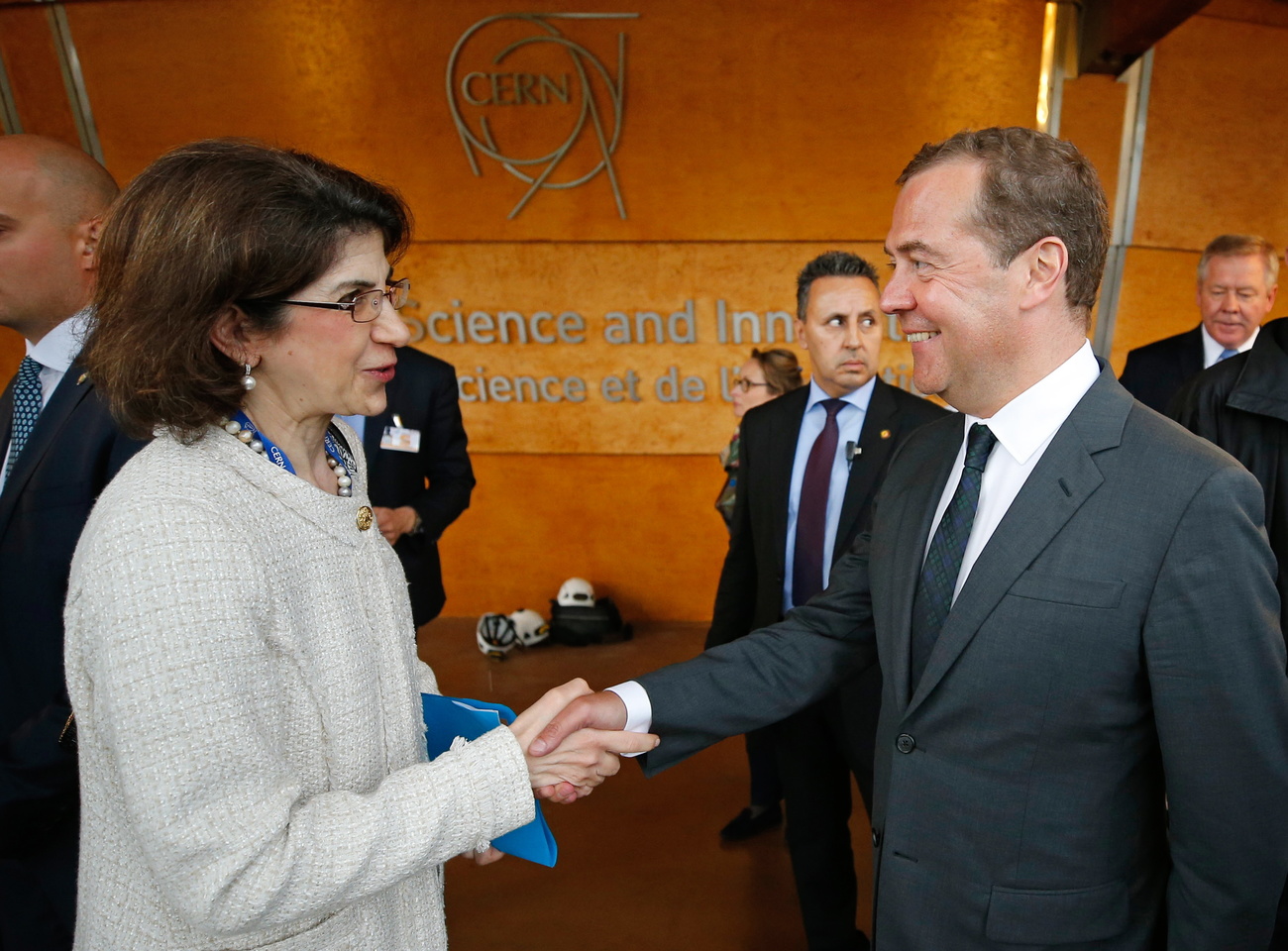Molecules, Vol. 28, Pages 1155: Fish By-Products: A Source of Enzymes to Generate Circular Bioactive Hydrolysates
Molecules doi: 10.3390/molecules28031155
Authors: Sandra Borges Joana Odila Glenise Voss Rui Martins Ana Rosa José António Couto André Almeida Manuela Pintado
Fish viscera are usually discarded as waste, causing environmental problems, or as low-value by-products. This study describes a self-sufficient and zero waste approach to obtain enzymes and protein hydrolysates from fish by-products. Firstly, recovery steps of viscera enzymatic extract were applied, and the resulting raw extract was stable at a pH range of 8–9 and at temperatures between 40 and 50 °C. The application of the extracted enzymes and alcalase on fish by-products hydrolysis was also determined. The selected conditions for the enzymatic hydrolysis were 10% (E/S) for 6 h using viscera enzymatic extract and 3% (E/S) for 2 h using alcalase. Fish protein hydrolysates (FPH) proved to have a notable antioxidant capacity with similar activity, ~11 mg ascorbic acid/g dry extract (ABTS assay) and ~150 mg Trolox/g dry extract (ORAC assay). FPH were also able to inhibit the angiotensin-converting enzyme, however, alcalase hydrolysates revealed a higher antihypertensive potential, IC50 of 101 µg of protein/mL. In general, FPH obtained by both enzymes systems maintained these bioactivities after the passage throughout a simulated gastrointestinal tract. The hydrolysates also displayed important technological properties, namely oil absorption capacity (~1 g oil/g sample) and emulsifying property (~40%). Therefore, it will be conceivable to use fish by-products based on a circular economy approach to generate added value compounds for animal and human nutrition.

 1 year ago
28
1 year ago
28


